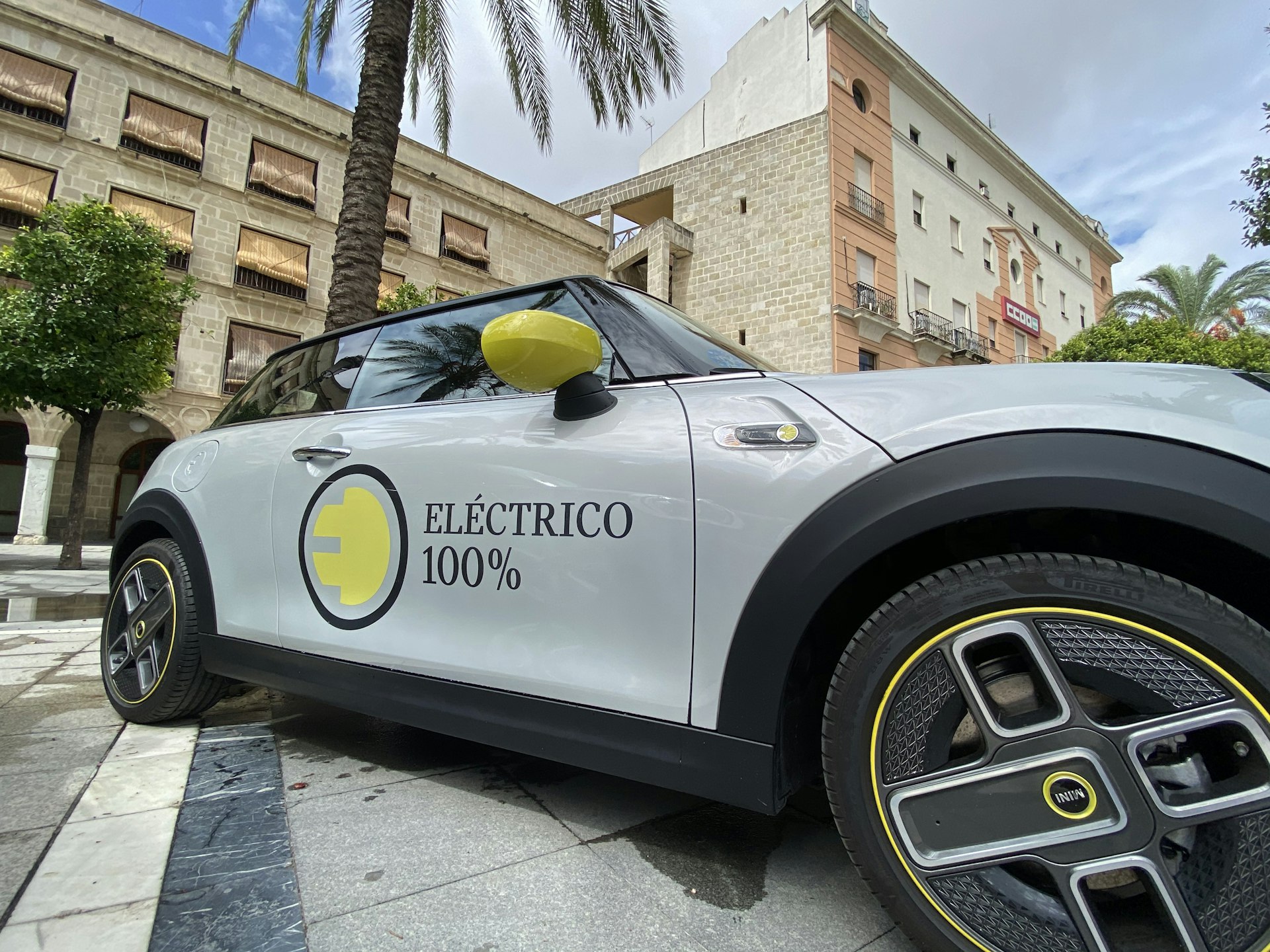Hydrogen Fuel Cell Vehicles: The Road Ahead for Clean Transportation

Photo by Sorin Lavric on Unsplash
Introduction
Hydrogen fuel cell vehicles (HFCVs) are emerging as a pivotal technology in the global effort to decarbonize transportation. While battery-electric vehicles (BEVs) currently dominate headlines, hydrogen fuel cell technology is rapidly advancing in both commercial and consumer sectors. This article provides a comprehensive overview of the current state and future outlook for hydrogen fuel cell vehicles, offering actionable guidance on accessing market opportunities, understanding key innovations, and navigating the evolving infrastructure landscape.
Current State of Hydrogen Fuel Cell Vehicles
The global hydrogen fuel cell vehicle market is experiencing significant growth, spurred by government initiatives, automaker investments, and a heightened focus on sustainable transportation. In 2025, the market is valued at over $2.7 billion USD, with forecasts suggesting a leap to more than $272 billion by 2037. This growth is driven by a combination of regulatory support, public-private partnerships, and ongoing research and development [2] . Recent launches, such as Honda’s CR-V e:FCEV-a plug-in hybrid fuel cell vehicle-and BMW’s iX5 global pilot, showcase the diverse approaches automakers are taking to make hydrogen vehicles more accessible [1] [4] .
Key Models and Industry Players
Leading automakers such as Toyota, Honda, Hyundai, and BMW are at the forefront of hydrogen vehicle innovation. Notable models available or in development include:

Photo by Hoyoun Lee on Unsplash
- Toyota Mirai
- Honda CR-V FCEV
- Hyundai Nexo
- BMW iX5
- Hyundai Staria Fuel Cell
These models are primarily available in select markets, particularly where hydrogen fueling infrastructure is most developed [5] .
Market Trends and Growth Drivers
The expansion of hydrogen fuel cell vehicles is propelled by several key trends:
1. Heavy-Duty and Commercial Applications
Hydrogen fuel cells are particularly promising for heavy-duty and long-range applications, such as buses, trucks, and fleet vehicles. Governments and industry leaders are prioritizing hydrogen adoption in these sectors because fuel cells offer fast refueling, long range, and zero emissions-characteristics that are difficult for battery-electric alternatives to match in heavy-duty contexts [1] [2] .
For example, Hyundai has successfully deployed fuel-cell trucks in Switzerland for logistics operations, while the European Union’s hydrogen strategy targets thousands of hydrogen-powered trucks and expanded refueling infrastructure by 2030 [1] .
2. Urban Mobility and Short-Distance Use
Urban planners in Europe, China, Japan, and South Korea are actively integrating hydrogen vehicles into city fleets and public transportation. Short-distance FCEVs, such as city buses and delivery vans, benefit from the concentration of hydrogen refueling stations in urban centers. These pilot programs, subsidies, and public-private partnerships are accelerating early adoption and demonstrating practical use cases for hydrogen mobility [3] .
3. Technological Innovations
Advancements in catalyst and membrane technology are reducing costs and improving the performance and durability of fuel cells. For instance, research into nitrogen-doped catalysts and magnesium-platinum alloys is making commercial-scale hydrogen vehicles more feasible. Companies like Plug Power and SFC Energy are developing powertrains and stationary generators that offer longer power backup and zero emissions [4] .
The U.S. Department of Energy reports an 80% reduction in fuel cell costs since 2002, bringing hydrogen vehicles closer to price parity with traditional fossil-fuel vehicles [5] .
Infrastructure Challenges and Solutions
Despite these advances, the growth of hydrogen fuel cell vehicles faces notable challenges-most prominently, the limited availability of refueling infrastructure. In the U.S., California leads with an ambitious plan for 100 retail stations and 50,000 fuel cell vehicles in the coming years, although progress has been gradual [1] .
Europe and Asia are further along in infrastructure deployment, with Germany surpassing 100 hydrogen stations and France committing over $7 billion to hydrogen initiatives. However, most stations remain concentrated in major metropolitan areas, restricting the practicality of long-distance travel for consumers [3] .
For businesses and individuals seeking to engage with hydrogen transportation, consider the following guidance:
- Check the availability of hydrogen refueling stations in your region by searching official transportation or energy department websites.
- Monitor local and national government announcements for new funding, pilot programs, or incentives related to hydrogen vehicles.
- Connect with automaker dealerships specializing in alternative fuel vehicles to inquire about upcoming hydrogen models and lease programs.
- For commercial fleets, engage with hydrogen technology providers and logistics associations to explore partnership or pilot opportunities.
Adoption Pathways and Actionable Steps
For individuals interested in adopting hydrogen vehicles:
-
Assess Local Infrastructure:
Before considering a hydrogen vehicle, confirm the existence of refueling stations nearby. This can typically be done by searching for “hydrogen fueling stations” along with your city or state. -
Explore Incentives:
Many regions offer tax credits, rebates, or grants for zero-emission vehicles. You can search your state energy office or transportation agency’s website for available programs. For example, residents of California may visit the California Energy Commission’s resources on alternative fuel vehicles. -
Engage with Dealerships:
Contact authorized dealerships for brands like Toyota, Honda, Hyundai, or BMW to ask about hydrogen model availability, lease terms, and demonstration events. -
Stay Informed:
Subscribe to news from reputable automotive media or hydrogen technology organizations for updates on new models, infrastructure projects, and funding opportunities.
For businesses and fleet operators:
-
Evaluate Fleet Needs:
Assess operational requirements and routes to determine if hydrogen vehicles are a practical fit, especially for long-haul or urban delivery. -
Join Pilot Programs:
Many manufacturers and government agencies offer pilot programs for early adopters. Connect with industry groups or search for “hydrogen fuel cell fleet pilot programs” in your area. -
Collaborate with Technology Providers:
Reach out to hydrogen infrastructure and technology providers to explore custom solutions for refueling and vehicle integration. -
Monitor Funding Opportunities:
Stay updated on grants and investment from entities like the U.S. Department of Energy, the European Commission, or national energy agencies.
Potential Challenges and Alternative Approaches
While the future looks promising, hydrogen fuel cell vehicles face several hurdles:
-
Infrastructure Gaps:
Refueling stations are still limited, particularly outside major urban areas. Until networks expand, hydrogen vehicles may be best suited for fleet or regional use rather than long-distance consumer travel. -
Cost Competitiveness:
Despite falling fuel cell costs, overall vehicle and hydrogen prices remain higher than conventional options. Continued R&D and increased manufacturing scale are expected to address this over time. -
Public Awareness:
Many consumers are unfamiliar with hydrogen technology. Outreach, demonstration programs, and transparent information will be essential for broader adoption.
As alternatives, consider hybrid or plug-in hybrid vehicles, which offer extended range and use existing infrastructure, or participate in shared mobility programs featuring hydrogen or electric vehicles as they become available in your area.
Key Takeaways and Future Outlook
Hydrogen fuel cell vehicles are set to play a significant role in decarbonizing transportation, especially in sectors where fast refueling and long range are critical. The market is growing, driven by technological advancements, government support, and increasing industry collaboration. While challenges remain-particularly around infrastructure and cost-there are actionable pathways for both individuals and businesses to explore hydrogen mobility today. By staying informed, leveraging available programs, and working with industry leaders, you can position yourself at the forefront of this evolving sector.
References
- [1] Carexamer (2025). Hydrogen Cars in 2025: Are They Finally Viable or Still a Long Shot?
- [2] Research Nester (2025). Hydrogen Fuel Cell Vehicle Market Size & Share, Growth Forecast
- [3] GlobeNewswire (2025). Fuel Cell Electric Vehicle Market Trends 2025
- [4] StartUs Insights (2025). Dive into the Top 10 Hydrogen Trends and Innovations
- [5] FASTECH (2025). The Past, Present and Future of Hydrogen Vehicles
MORE FROM promospotlight.com













